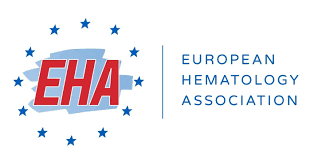ABSTRACT
Single cell RNA (scRNA) sequencing analysis suggests that the presence of FLT3-ITD mutation is associated with a progenitor-like phenotype (Ivan Galen, et al. Cell, 2019: 176, 1265) while activating mutations in the FLT3 kinase domain are associated with monocytic differentiation. One of the patients analyzed by scRNA was a 54-year-old patient with cytogenetically normal AML. NGS showed multiple mutations: DNMT3A (41.9%), NPM1 (37.9%), CEBPA (42.9%), FLT3-ITD (13.5%) and two FLT3-TKD mutations (N841K 16.2% and A680V 29%). Crenolanib is a FLT3 inhibitor with in vitro activity against FLT3-ITD and various FLT3-TKD mutations being evaluated for clinical activity. This patient was treated with cytarabine/daunorubicin/crenolanib induction, four cycles of HiDAC/crenolanib consolidation and one year of crenolanib maintenance as part a Phase II clinical trial (NCT02283177). We hypothesized that single-cell DNA (scDNA) sequencing technology can review the clearance of distinct clones during treatment by analyzing longitudinal samples. sequencing analysis suggests that the presence of FLT3-ITD mutation is associated with a progenitor-like phenotype (Ivan Galen, et al. Cell, 2019: 176, 1265) while activating mutations in the FLT3 kinase domain are associated with monocytic differentiation. One of the patients analyzed by scRNA was a 54-year-old patient with cytogenetically normal AML. NGS showed multiple mutations: DNMT3A (41.9%), NPM1 (37.9%), CEBPA (42.9%), FLT3-ITD (13.5%) and two FLT3-TKD mutations (N841K 16.2% and A680V 29%). Crenolanib is a FLT3 inhibitor with in vitro activity against FLT3-ITD and various FLT3-TKD mutations being evaluated for clinical activity. This patient was treated with cytarabine/daunorubicin/crenolanib induction, four cycles of HiDAC/crenolanib consolidation and one year of crenolanib maintenance as part a Phase II clinical trial (NCT02283177). We hypothesized that single-cell DNA (scDNA) sequencing technology can review the clearance of distinct clones during treatment by analyzing longitudinal samples.











